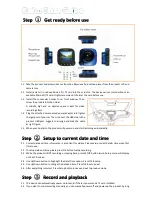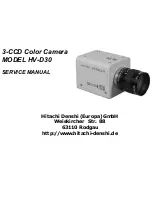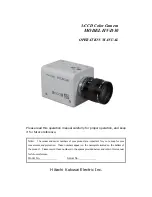
EVS3 Operator’s Guide
The EVS3 from FLIR Systems is a thermal imaging camera that generates a video
image by sensing and displaying miniscule differences in heat. EVS3 detects the
“invisible” infrared radiation (IR) emitted by the objects that compose a scene and
converts this thermal imagery into video that the human eye can see. This video is
displayed on a monitor or multi-function display in your aircraft’s cockpit.
EVS3 extends the naked eye view beyond just the outlines of runways, taxiways and
lights. In total darkness, EVS3 gives you a view of cloud formations, off-airport terrain,
the runway environment and surrounding objects– allowing you to see vehicles,
animals and aircraft encroaching on active runways and taxiways well before you can
see them with your naked eye.
The EVS3 displays warmer items as white, or in lighter shades of grey, and cooler
objects as black, or in darker shades of grey. There are no in-flight controls for the
EVS3: once it is turned on, it will output continuous infrared video.
Check the documents supplied with your aircraft’s flight manual or flight manual
supplement for information on your aircraft’s EVS3 installation configuration, such
as video display configuration, the location of the power isolation switches, and any
specific pre-flight or post-flight inspection procedures.
Prior to flight, FLIR recommends that the lens be cleaned of any dust or debris that
may degrade the EVS3 imagery. If the front window needs cleaning, clean it with
warm soapy water and a soft cloth, being careful not to scratch the window. More
abrasive detergents or solvents, and the use of an abrasive cloth, could damage the
window or its coatings, degrading your EVS3’s image quality.
Rising Terrain
Runway
Road
Taxiways




















